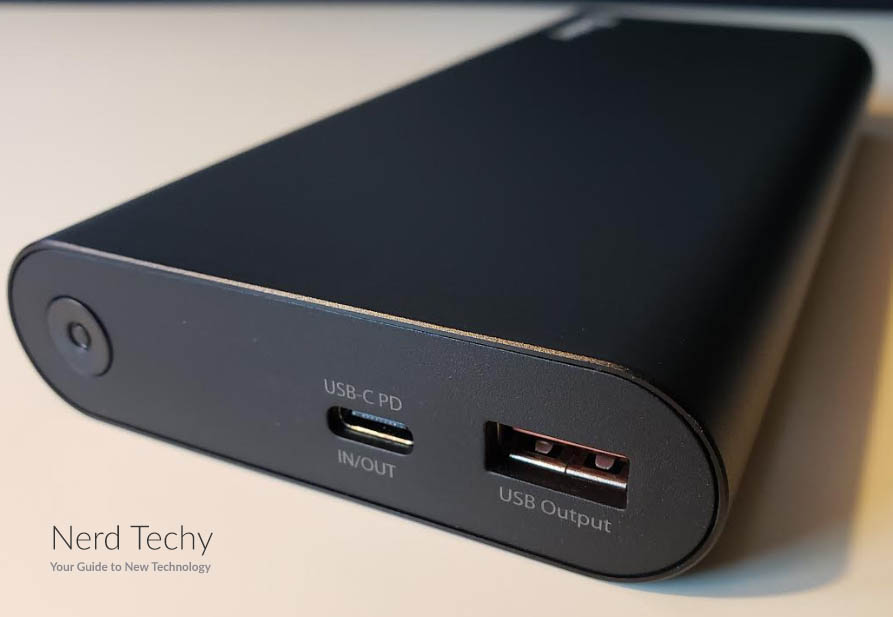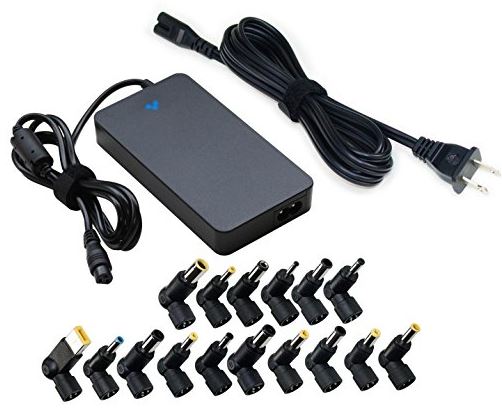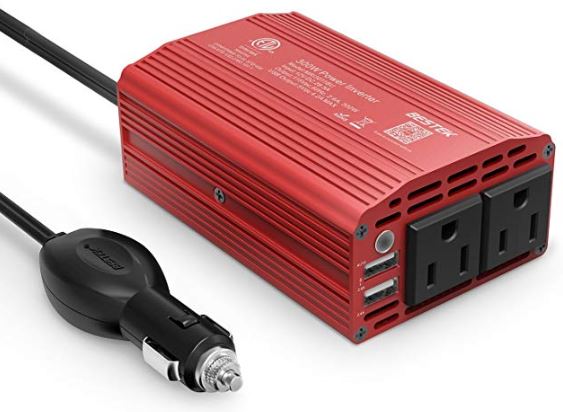TV24 Desk: Since the beginning of time – or at least since the first laptop computer – laptops have shipped with a charger. Typically, these chargers are unique to their brands, and require an AC power source. But what if you don’t have access to AC power? If you need some vital information that’s stored on your laptop, a dead battery can effectively put your data out of reach. We have five different solutions for you, including ways to get yourself out of a jam, as well as a few long-term fixes.
Bring a Spare Battery
We’re about to share an explosive industry secret: laptop manufacturers like to make money. It’s why they’re in business to begin with! But this also means that they’re usually happy to sell spare parts. If you’re concerned about needing extra juice while you’re on the road, a second battery can be a lifesaver.
To easily charge your spare battery, you might want to consider buying an external battery charger. These devices plug into your wall, and are designed to plug your laptop battery directly into them. In this way, you can plug your laptop in to charge your main battery, and use the external charger to charge your spare. Keep in mind that just like your primary charger, an external charger will be specific to a particular brand, and often to a particular line of laptops. Make sure to buy the right model for your laptop.
Use a USB Type-C Battery Pack
Depending on what model of laptop you own, you might be able to use a USB Type-C battery pack. While older USB Type-A ports only supported one-way power, USB Type-C ports support both inbound and outbound power. If your laptop has a USB Type-C port, you can use a USB Type-C battery pack, just like you’d use for your cell phone.
If you’re going to go this route, keep in mind that most laptops run on 8 to 12-volt power, while most USB chargers deliver 5 volts of power. If you want to actually use your laptop while it’s being charged, you’ll need an 8-volt power bank or more. Still, even at 5 volts of output, you’ll be able to get an hour’s worth of charge in a short time.
The same issue will raise its head if you try to use one of your car’s USB ports to charge your battery. This will get the job done if you’ve got time to spare and the engine is running. But if you need to have your laptop on all day for work, it’s not going to last. You’ll need a more powerful external battery pack or power bank.

Last month, we reviewed the Jackery Supercharge 26800. With 26,800mAh of capacity, it carries more than enough juice to charge a laptop. And it’s small enough to be easily portable, so taking it on the road is convenient.
Use Your Cell Phone
As a last-ditch charging method in an emergency, most current smartphone models can be used as a backup power supply. Obviously, your smartphone battery doesn’t hold nearly as much charge as your laptop battery. This leads to a couple of significant drawbacks to the cell phone charging method.
First, even if you drain your smartphone battery completely, you won’t get more than 30 minutes or so worth of charge. Obviously, this isn’t enough time to get a huge amount of work done. Secondly, if you drain your smartphone battery completely, you’ve effectively traded one dead battery for another. That said, if you’re in the car, you can easily plug your smartphone in afterwards to recharge it.
So, how would one go about using this method? First, you’ll need a USB Type-C to USB Type-C cable. Next, connect your phone to your laptop, and find your phone’s USB settings. This will be different depending on whether you’re using Android or iOS. Either way, you need to select the option to supply power. Once that’s done, your smartphone battery will quickly drain, and your laptop battery will come back to life.
Obviously, this is a last-ditch solution, and it’s not a good plan for everyday use. A far better plan, if you expect to run out of power regularly, is to use a dedicated battery pack that was purpose-built for the task. Still, the cell phone method is an effective way to get yourself out of a pickle.
Invest in a Universal Adapter
Suppose you have an older laptop, and the charger is no longer in production. What do you if your charger breaks? Is your laptop now a brick?
In this situation, a universal adapter might be the best answer to your problems. These are AC/DC adapters that come with multiple interchangeable tips, and they generally support a wide variety of brands. And if you’re in the habit of losing things, you can usually buy individual tips to replace any that have disappeared. On some models, you can even connect to your car’s 12-volt cigarette lighter, which allows you to be truly mobile.

Universal adapters work just like your laptop’s original power supply. Not only will they charge your laptop, but you can use it while it charges. That said, you’ll need to be careful. If you set the amperage or the voltage too high, you can overheat your system and even cause your battery to fail.
Not too long ago, we reviewed the best universal adapters on the market. All of our selections come with multiple tips, as well as a number of different power settings so you can deliver the right amperage and voltage.
Take Advantage of Your Car Battery
One other reason you might need to charge your laptop without a conventional charger is if you spend a lot of time on the road, particularly if your job requires you to drive a lot and use your PC throughout the day. We’ve already alluded to a couple of automotive solutions, but here are a couple more for you to consider.

The most obvious way to do this is to buy a power inverter. These devices plug into your car’s cigarette lighter outlet, and can be used to operate equipment that requires up to 300 watts of continuous power. That’s not enough to run a power tool, but it’s more than good enough for operating a laptop. The downside of this method is that you have a big, clunky power inverter sitting somewhere in your vehicle’s floor. The upside is that it’s beginner-friendly, and you can easily take your laptop in and out of the vehicle when you’re not working.
Another method is to hardwire your laptop into the car. While this won’t allow you to remove it easily – at least, not without buying a second charger to use at home – it’s a great choice if you’re going to be mounting your laptop inside the vehicle.
Here’s where this gets tricky. Most devices that are designed for automotive use have a built-in voltage regulator, which steps the battery voltage down as needed. Laptops are designed to use their native AC adapters, and don’t have this feature. So, to safely hardwire your laptop in this fashion, you’ll need to know what voltage of DC current it’s meant to accept. Then, instead of wiring it directly to your fuse box, you’ll need to wire it into a voltage regulator, which in turn will plug into your fuse box. Don’t forget to set the regulator to the proper voltage, or it won’t do you much good. Source nerdtechy
